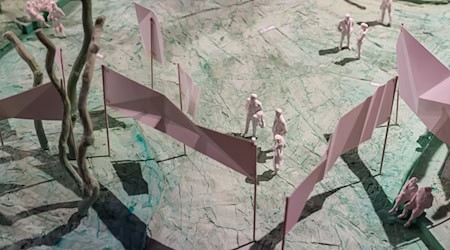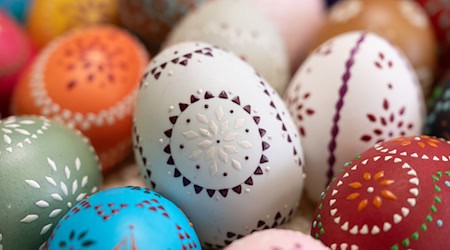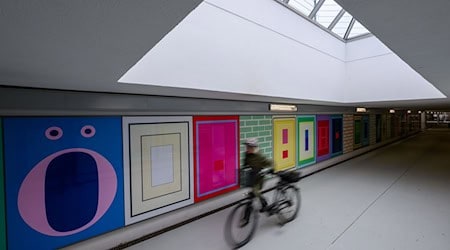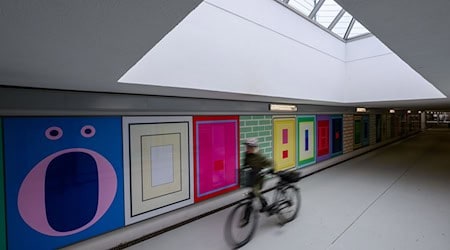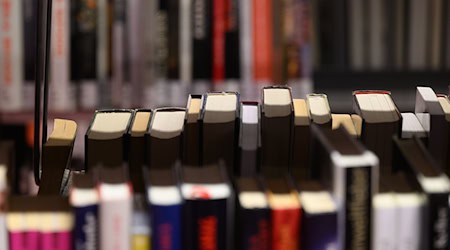East German photography will be used to promote the 2025 Capital of Culture year in Chemnitz to the international art public at the Venice Biennale. Leipzig was not only home to the first ever professorship for photography at a German art academy from 1913, said curator Kristin Dittrich on Tuesday. It was also the only place in the GDR era where photography could be studied. Top-class photography had developed there, which was internationally overshadowed by the Düsseldorf Art Academy. This is why such positions are now to be shown in the parallel program of the Biennale. This is about East German identity. Dittrich did not name any specific names when asked, as negotiations have not yet been concluded.
The exhibition is being organized by the Begehungen art festival and will be on display in the "Desire Lines" pavilion from 20 April to 30 June. The festival is cooperating with two partner organizations. The aim is to draw the public's attention to the Capital of Culture Year 2025 and the Begehungen.
In the meantime, the projects for 2025 are being driven forward in Chemnitz. The "Purple Path" art and sculpture trail, which connects the city with the surrounding area, is growing. Up to 20 more works of art are to be installed this year. These include a work by Gregor Gaida in Oederan entitled "Polygonal Horse II". It focuses on the symbiosis of man and horse, which also played an important role in mining, explained curator Alexander Ochs. In doing so, he referred to the old horse-drawn carts that were once used to power pumps and conveyor systems. At the same time, the sculpture breaks with the convention of the traditional equestrian monument in a humorous way.
In mid-April, the "Living Neighborhood" project will also become visible with an action week. The aim is to green the city through neighborhood initiatives. Initially, 13 planting campaigns are planned in allotment garden associations, schools and two individual projects. The search for sponsors for the Capital of Culture year is also being driven forward. The first gold sponsor was announced on Tuesday. This involves financial support of at least 100,000 euros. Andrea Pier, commercial director of Kulturhauptstadt GmbH, emphasized that talks are being held with other interested parties. According to the information provided, the plan is to raise around 7.5 million euros in so-called third-party funds.
Copyright 2024, dpa (www.dpa.de). All rights reserved


